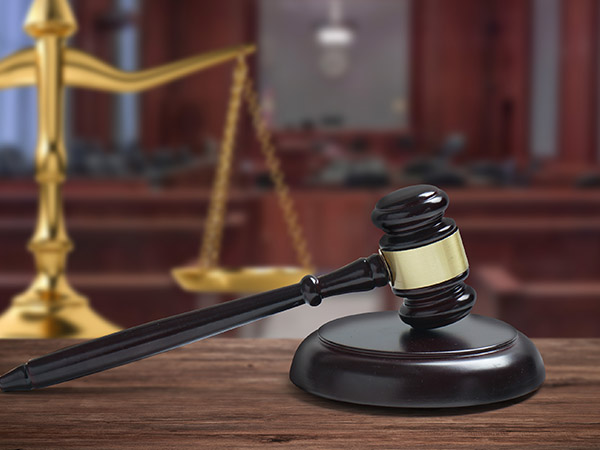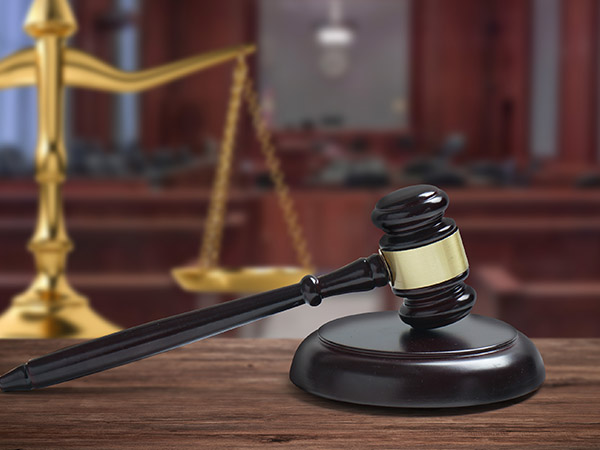Dai Jinliang v. China National Intellectual Property Administrative Invalidation of Invention Patent Right
——Considerations on the preservation of biological materials in creative judgment
First trial case number: (2016) Beijing 73 Xing Chu No. 5923
Second trial case number: (2019) Supreme People’s Court Zhixing Zhong No. 16
【The main takeaway of the trial】
The comparison document only discloses the preparation methods of the same or similar screening and mutation methods, and does not preserve the prepared biological materials. Those of ordinary skill in the art cannot obtain the protection of the patent in question by repeating the preparation method and other methods. In the case of biological materials, and there is no incentive to improve the preparation method to obtain the biological materials, the biological materials claimed in the patent application are creative with respect to the comparison document.
【Case Introduction】
Appellant (plaintiff in the original trial): Dai Jinliang
Appellee (Defendant in the original trial): China National Intellectual Property Administrative
The third person in the original trial: Beijing Wantel Biopharmaceutical Co., Ltd. (referred to as Wantel Company)
This case involves an invention patent with the patent number 20051005 ×××× .X and the name “Pseudomonas aeruginosa mannose sensitive haemagglutination pilus strain”. Its application date is March 31, 2005, and the authorization announcement date is January 31, 2007, the patentee is Wantel Company. The claims of the patent authorization announcement involved are as follows: "1. A Pseudomonas aeruginosa mannose sensitive haemagglutination pilus strain, deposit number CGMCC0190. 2. As described in claim 1, it characterized by having pilus around the body. 3. As described in claim 1, it characterized by having non-mannose-sensitive hemagglutinating pilus. 4. As described in claim 1, it characterized in having sexual pilus. "
Dai Jinliang filed a request for invalidation with the Patent Reexamination Board of the China National Intellectual Property Administrative on February 22, 2016, on the grounds that the patent claims 1-4 involved did not comply with Article 26, paragraph 4, Article 22, paragraphs 2 and 3 of the Patent Law of the People's Republic of China, and Article 20, paragraph 1 of the Implementation Rules of the Patent Law of the People's Republic of China. Dai requested to declare all the patent claims invalid and submitted corresponding evidence materials. An important comparison document, Evidence 1, discloses a method and characteristics for obtaining a Pseudomonas aeruginosa strain, and also describes a method for obtaining a strain substantially the same as the present invention, and the strain also has mannose-sensitive hemagglutinating pilus (MSHA). However, the deposit number of the strain described in claim 1 of this patent is CGMCC0190, and Evidence 1 does not disclose that the strain is deposited and there is no deposit information.
The Patent Reexamination Board accepted the above invalidation request on March 3, 2016, and made the defendant decision on August 10, 2016, and considered that the patent in question complies with the provisions of Article 20, paragraph 1 of the Implementation Rules of the Patent Law and Claims 1-4 of the patents involved have the inventive step stipulated in Article 22, Paragraph 3 of the Patent Law, and the patents involved comply with the provisions of Paragraphs 3 and 4 of Article 26 of the Patent Law, so the patent right of the invention in question is maintained effective. Dai Jinliang refused to accept the decision and filed an administrative lawsuit to the Beijing Intellectual Property Court.
Beijing Intellectual Property Court's original judgment: Dismissed Dai Jinliang's lawsuit. The case acceptance fee of 100 yuan will be borne by Dai Jinliang. Dai Jinliang refused to accept the judgment of the court of first instance and appealed to the Supreme People's Court.
The second instance of the Supreme People's Court held that the respondent's decision had a creative evaluation of the patent right involved in the case and the procedure was legal. The original judgment determined that the facts were clear and the applicable laws were correct and should be maintained. The judgment was as follows: the appeal was dismissed and the original sentence was upheld. The second-instance case acceptance fee of 100 yuan shall be borne by Dai Jinliang.
【Typical meaning】
According to the third paragraph of Article 22 of the Patent Law, creativity means that the invention has outstanding substantive features and significant progress compared with the prior art, and the utility model has substantive features and progress. The first paragraph of Article 24 of the Implementation Rules of the Patent Law stipulates that the patented invention involves new biological materials, which are not available to the public, and the description of the biological materials is not sufficient for those skilled in the art to implement for their inventions, in addition to complying with the relevant provisions of the Patent Law and the Implementation Rules of the Patent Law, the applicant shall also submit the sample of the biological material to the depositary unit recognized by the patent administration department under the State Council for deposit before the application date or at the latest on the application date (the priority date).
According to the above regulations, in the creative evaluation of technical solutions involving inventions and creations of biological materials, if the biological materials claimed by the patent technical solutions are prepared through unreproducible screening, mutation, etc., with beneficial effects and be preserved, while the comparison document only discloses the preparation methods of the same or similar screening and mutation methods, and does not preserve the prepared biological materials, that is, those skilled in the art cannot obtain this patent by repeating the preparation method in the comparison document. It it shall be determined that the biological materials claimed in this patent have not been disclosed by the comparison document.
Regarding the role of deposits of biological materials in the creative judgment of patent applications, the court of second instance clearly pointed out that the presence or absence of a deposit number is not the fundamental basis for determining the distinguishing features. It is not appropriate to simply identify the deposit number, instead, the disclosure degree of the strain described in the comparison document and the availability of the strain should be considered to determine whether those skilled in the art can obtain the strain or have the motivation to prepare the strain by describing the comparison document. If there is no evidence that those skilled in the art can obtain the biological material through other means or have an incentive to improve the preparation method to obtain the biological material, the biological material claimed in the patent technical solution is creative with respect to the technical solution disclosed in the comparison document.
This analysis is based on the case mentioned in Summary of the Judgment of the Intellectual Property Court of the Supreme People's Court (2019), you can referred to the original article through links below:
Link to the Part I: http://www.chinaiptoday.com/post.html?id=832
Link to the Part II: http://www.chinaiptoday.com/post.html?id=833
Link to the Part III: http://www.chinaiptoday.com/post.html?id=834
Link to the Part IV: http://www.chinaiptoday.com/post.html?id=837











